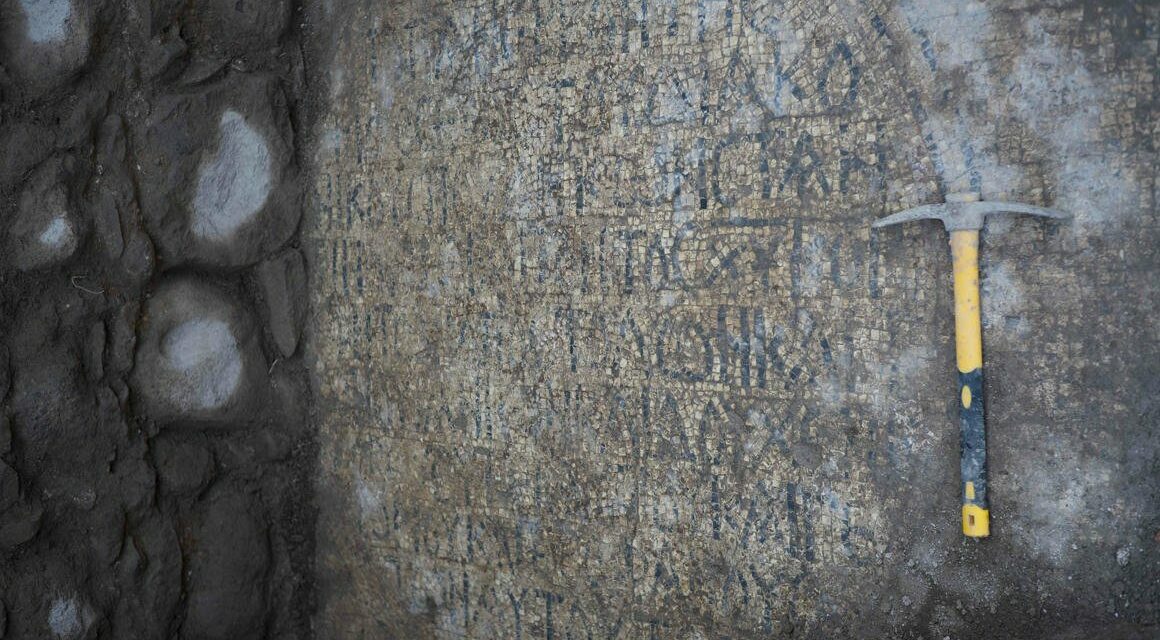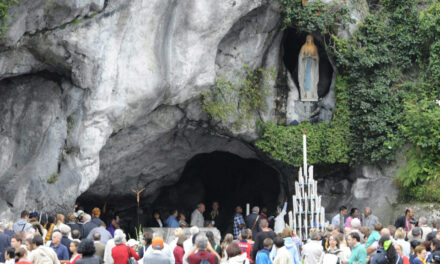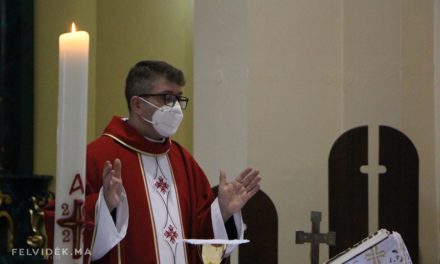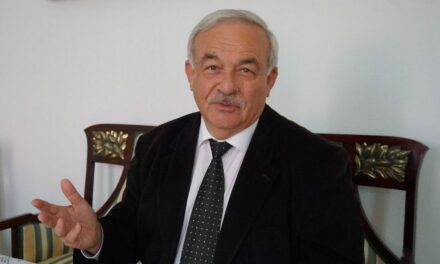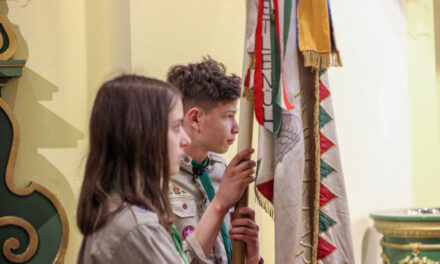An international research group found the ruins of the lost city of Bethsaida, where Christ healed and taught a lot, and according to New Testament sources, three apostles also came from here.
Israel's largest freshwater lake, Lake Kineret (previously known as the Sea of Galilee) is an important biblical location: according to the New Testament, Jesus' teachings took place along the lake, the Sermon on the Mount was delivered here, and some of his miracles (walking on water, miraculous catch of fish) , calming the storm) is also connected here. The Bible mentions several settlements on the shores of the lake, the true location of which is still in question.
One of these lost cities is Bethsaida, not far from Capernaum, from where, according to New Testament sources, at least three of Jesus' disciples (Philipp, Peter and Andrew) came, and where the scriptures place the healing of a blind man and the multiplication of bread before the feeding of five thousand people among the miracles. .
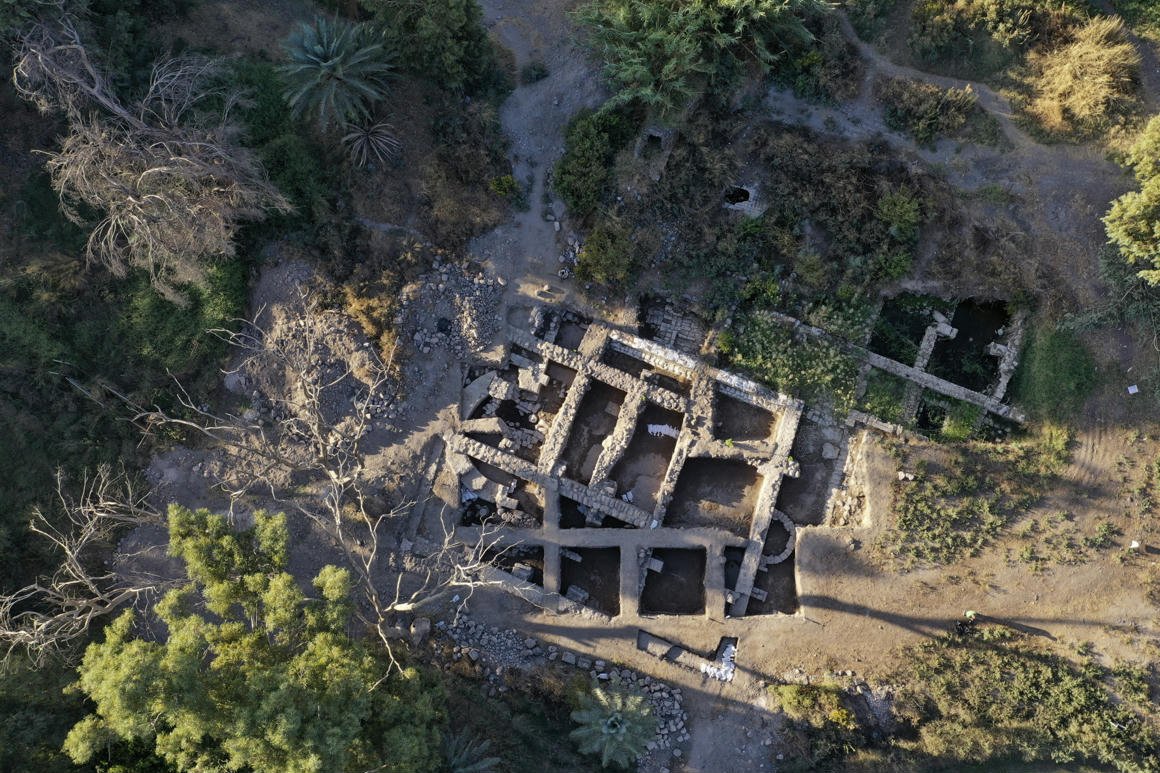
Ruins of the Church of the Apostles Photo: MENAHEM KAHANA/AFP
Archaeologists had several candidates for the current location of the fishing settlement that later became home to the Roman city of Julias, but now it seems certain that the excavation site called el-Araj is the winner.
The team of archaeologists researching the site not only found remains from the Roman period and houses that indicate a Jewish settlement, but also the ruins of a fifth-century Byzantine basilica, which hid a mosaic containing a prayer addressed to St. Peter. The inscription addressed to the leader of the apostles was part of the mosaic floor in the church's sacristy, which was decorated with Byzantine floral patterns, reports Haaretz .
According to the researchers, this is clear evidence that el-Araj contains the former Bethsaida, while the excavated basilica corresponds to the Church of the Apostles, which, according to St. Willibald's eighth-century writing, was built over the house of St. Peter and his brother Andrew. Of course, archaeologists do not treat the latter as a fact, since they have little means of verifying ancient real estate ownership.
According to the Jewish-Roman historian Josephus Flavius, Bethsaida was later transformed by the local ruler, Prince Philip Herodes, from a modest fishing village into a polis, i.e. a Roman city. However, the settlement was only mentioned in historical records until the end of the third century, and then it disappeared from written records for nearly 200 years. Archaeological research has shown that the water level of the lake rose significantly during this period, so probably a good part of the Jewish settlement was lost due to flooding and siltation.
According to the archaeologists, the inscription containing the supplication to St. Peter is very important in terms of identifying the relationship between the apostle and the basilica, and confirms the testimony of Bishop Willibald, who visited the church in the 8th century, that during the Byzantine era, Christianity commemorated St. Peter's birthplace in Bethsaida, and not in Capernaum. , where Péter's home was placed only from the 1920s onwards.
Featured Image: The Supplication to Saint Peter on the Mosaic / El-Araj Expedition / Zachary Wong

